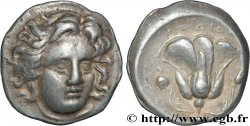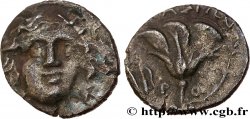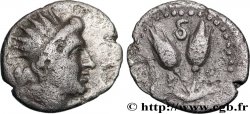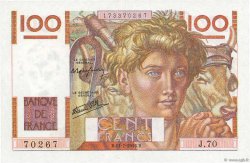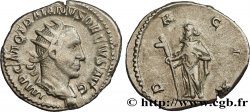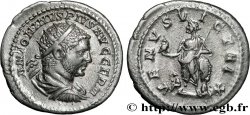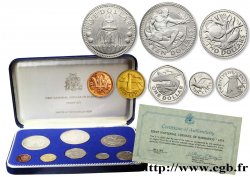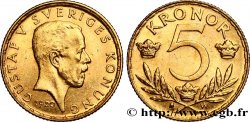E-auction 504-414710 - bgr_779424 - CARIA - ISOLA DI CARIA - RHODOS Drachme
Devi Sign-in ed essere un offerente approvato fare un'offerta, Login per fare offerte. Conti sono soggetti ad approvazione e di approvazione sono raggiunti entro 48 ore. Non aspettare fino al giorno di una vendita si chiude per registrarti.Confermando la tua offerta su questo oggetto ti impegni ad un contratto legalmente vincolante per l'acquisto di questo prodotto e fare clic su «offerta» costituisce accettazione dei termini di utilizzo de e-auctions cgb.fr.
Offerta deve essere collocato in euro gli importi interi vendita only.The si chiuderà al momento sulla descrizione dell'oggetto, eventuali offerte pervenute al sito dopo l'orario di chiusura non verranno eseguite. Volte transmition possono variare e le offerte potrebbero essere respinto se si attende per gli ultimi secondi. Per ulteriori informazioni ckeck le FAQ.
SENZA COSTI PER GLI ACQUIRENTI.
SENZA COSTI PER GLI ACQUIRENTI.
| Valutazione : | 150 € |
| Prezzo : | 76 € |
| Offerta maxima : | 79 € |
| Data di fine vendita : | 12 dicembre 2022 14:04:30 |
| partecipanti : | 10 partecipanti |
Tipo : Drachme
Data: c. 205-189 ou 175/170 AC.
Nome della officina / città: Rhodes
Metallo : argento
Diametro : 14,5 mm
Asse di coniazione : 12 h.
Peso : 2,51 g.
Grado di rarità : R2
Commenti sullo stato di conservazione:
Flan court, centré. Joli revers, bien venu à la frappe. Patine gris foncé
Diritto
Titolatura diritto : ANÉPIGRAPHE.
Descrittivo diritto : Tête d'Hélios (Apollon) de face à droite, les cheveux tombant.
Rovescio
Descrittivo rovescio : Rose sur sa tige avec un bouton à droite ; dans le champ à gauche, un arc et une massue entrecroisés.
Legenda rovescio : R-O/ STASIWN
Traduzione rovescio : (de Rhodes/ Stasion).
Commento
L’arc et le carquois sont associés à Stasion qui ne sont représentés que sur des drachmes. Mais le magistrat est aussi associé à un foudre ailé (Ashton 298). R. Ashton nous indique pour ce monétaire : “Die-linking is particularly close among the drachm issues of Gorgos, Peisikrates, Ainetor, Aristakos and Stasion”. Nous retrouvons ce même nom sur des tétradrachmes rhodiens ornés d’une rose au type d’Alexandre III le Grand, datés vers 201-190 avant J.-C. (ECK. 596 = MP. 2517 et coll. E. Karl 526), mais aussi sur des drachmes plinthophores datées entre 188 et 170 avant J.-C. (ECK. 625 = coll. E. Karl 550 avec une étoile dans le champ). Enfin R. Ashton avait mis en lumière des monnaies pseudo-rhodiennes frappées en Grèce Centrale ou du Nord vers 175-170 avant J.-C. (R. H. J. Ashton, NC. 1988, p. 31, n° 34 = ECK. 800 et 801) qui pourrait correspondre tout à fait à notre type monétaire. Ces drachmes auraient été fabriquées afin de stipendier les mercenaires rhodiens qui étaient dans les armées grecques avant la bataille de Pydna.
The bow and quiver are associated with Stasion which are only depicted on drachmas. But the magistrate is also associated with a winged thunderbolt (Ashton 298). R. Ashton tells us for this monetary: “Die-linking is particularly close among the drachm issues of Gorgos, Peisikrates, Ainetor, Aristakos and Stasion”. We find this same name on Rhodian tetradrachms decorated with a rose of the type of Alexander III the Great, dated around 201-190 BC (ECK. 596 = MP. 2517 et coll. E. Karl 526) , but also on plinthophore drachmas dated between 188 and 170 BC (ECK. 625 = coll. E. Karl 550 with a star in the field). Finally R. Ashton had highlighted pseudo-Rhodian coins minted in Central or Northern Greece around 175-170 BC (RHJ Ashton, NC. 1988, p. 31, n° 34 = ECK. 800 and 801) which could correspond entirely to our monetary type. These drachmas would have been made to pay for the Rhodian mercenaries who were in the Greek armies before the battle of Pydna
The bow and quiver are associated with Stasion which are only depicted on drachmas. But the magistrate is also associated with a winged thunderbolt (Ashton 298). R. Ashton tells us for this monetary: “Die-linking is particularly close among the drachm issues of Gorgos, Peisikrates, Ainetor, Aristakos and Stasion”. We find this same name on Rhodian tetradrachms decorated with a rose of the type of Alexander III the Great, dated around 201-190 BC (ECK. 596 = MP. 2517 et coll. E. Karl 526) , but also on plinthophore drachmas dated between 188 and 170 BC (ECK. 625 = coll. E. Karl 550 with a star in the field). Finally R. Ashton had highlighted pseudo-Rhodian coins minted in Central or Northern Greece around 175-170 BC (RHJ Ashton, NC. 1988, p. 31, n° 34 = ECK. 800 and 801) which could correspond entirely to our monetary type. These drachmas would have been made to pay for the Rhodian mercenaries who were in the Greek armies before the battle of Pydna







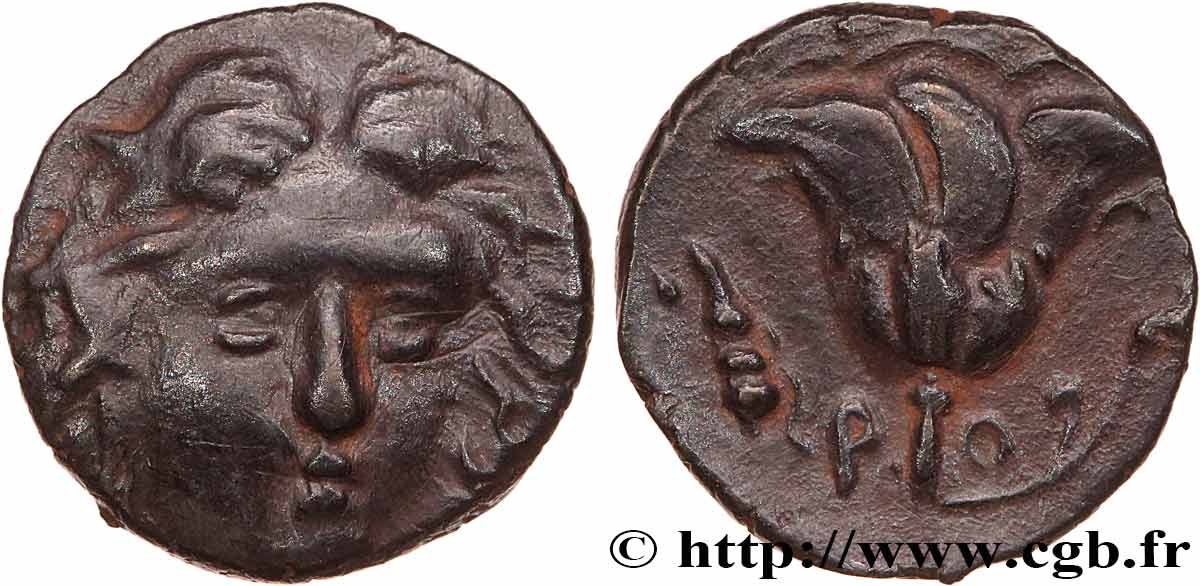
 Segnalare un errore
Segnalare un errore Stampate la pagina
Stampate la pagina Condividi mia selezione
Condividi mia selezione Fai una domanda
Fai una domanda Consegnare / vendere
Consegnare / vendere
 Descrittivo
Descrittivo